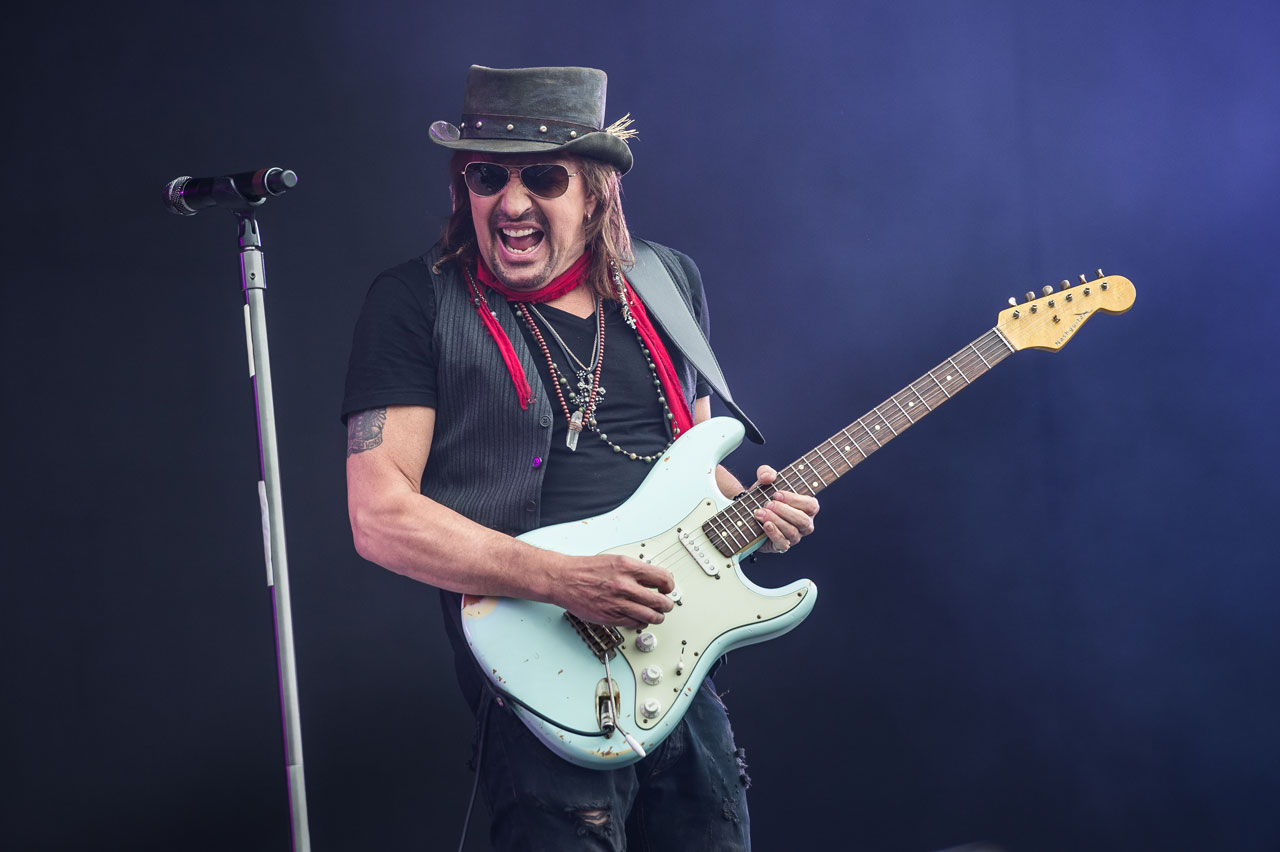Getting to grips with John Mayer's latest signature model guitar
Acoustic dreams: The latest signature model of a 21st-century Hendrix

Although John Mayer’s rep may have been somewhat sullied by the stain of tabloid notoriety, it’s impossible to dismiss his abilities as a guitarist. Be it electric or acoustic, pop, rock or blues, he’s one of the best players in the Hendrix mould to have come to the fore in many a year.
His fourth collaboration with the renowned and respected Martin Guitars is the 00-42SC John Mayer Stagecoach Edition, and, as is the case with the majority of Martins, has a history that goes back to the very roots of American music. Believe it or not, the first Style 42 Martins were produced in 1898, and Mayer’s version has the suffix ‘SC’, for Stagecoach.
“John wanted to recreate an exceptional guitar, and he loved the idea that these instruments were delivered to homesteaders of the burgeoning west by Wells Fargo and the Pony Express,” Martin’s Dick Boak told Guitar Aficionado. “Hence his idea for naming it the Stagecoach Edition.”
The neck joins the body at the twelfth fret in the traditional manner, and highlights include a sitka spruce top and bracing array, and cocobolo for the back and sides. The hardwood neck offers a slightly tapered and modified ‘V’ profile, and another 42-style nod comes in the form of the fingerboard’s abalone snowflake inlays. The guitar is topped off by a slotted headstock that boasts open-gear Waverly tuners.
One of life’s rare joys is to play a truly great acoustic guitar, and the 00-42SC John Mayer is one such instrument. Ideally suited to fingerstyle, it sings with a perfectly balanced tone that is sufficiently wonderful to cause angels to sigh seductively as you pick, campfire notwithstanding. It’s that good. And it’s even available left-handed.
At £8,399, this is a proper guitar for proper players.
More info from Westside (0844 326 2000) or martinguitar.com.
Sign up below to get the latest from Classic Rock, plus exclusive special offers, direct to your inbox!

Changing dooms
Swapping between guitars can be fraught with danger…
With the advent of on-aboard piezo electronics and even digital recreations of the sounds of classic models, the days of acoustic players huddling around a single microphone on stage are long gone. Now you can just plug an electro-acoustic into a suitable amp and away you go.
However, players who need to swap from acoustic to electric instruments and back again while playing a song live need to apply further ingenuity. For example, just prior to the change from the acoustic to electric sections of Bon Jovi’s Wanted Dead Or Alive, guitarist Richie Sambora (pictured) and his tech would undertake a well-rehearsed guitar-swap manoeuvre that resembled a contemporary dance move.
No such tomfoolery for Rush’s Alex Lifeson, however. For songs such as Workin’ Them Angels he simply presses a small button on his pedal board to switch his rig’s output from the electric to piezo pickups fitted to his guitars. Clever stuff.
Simon Bradley is a guitar and especially rock guitar expert who worked for Guitarist magazine and has in the past contributed to world-leading music and guitar titles like MusicRadar (obviously), Guitarist, Guitar World and Louder. What he doesn't know about Brian May's playing and, especially, the Red Special, isn't worth knowing.
